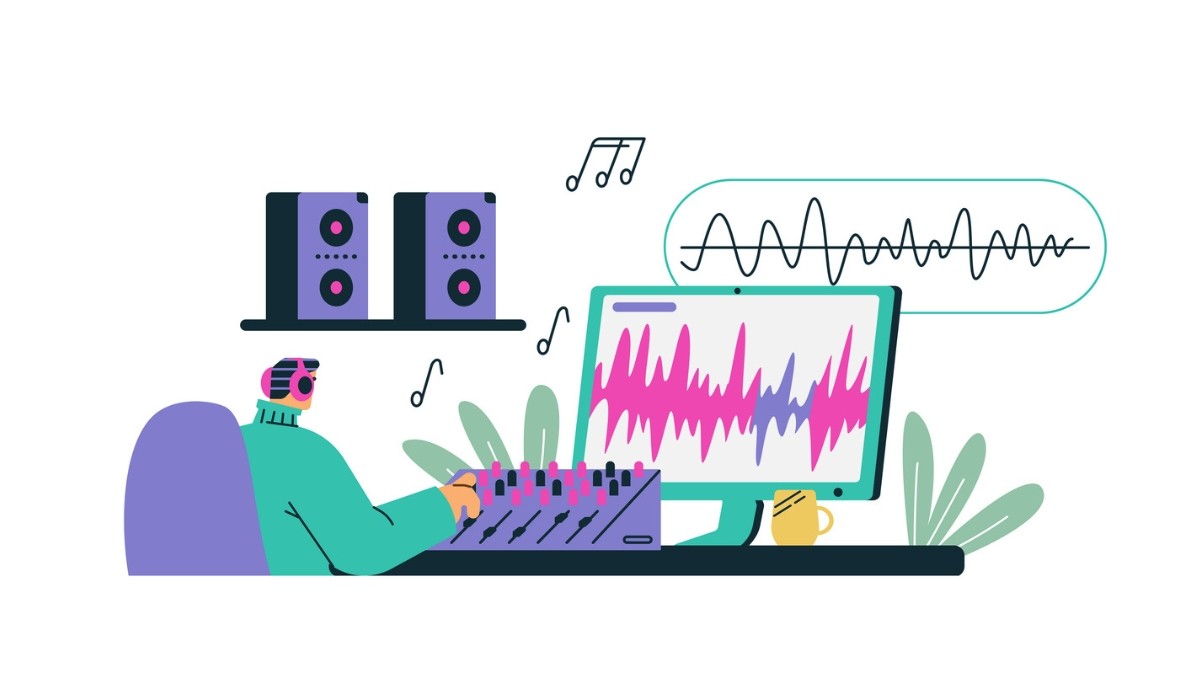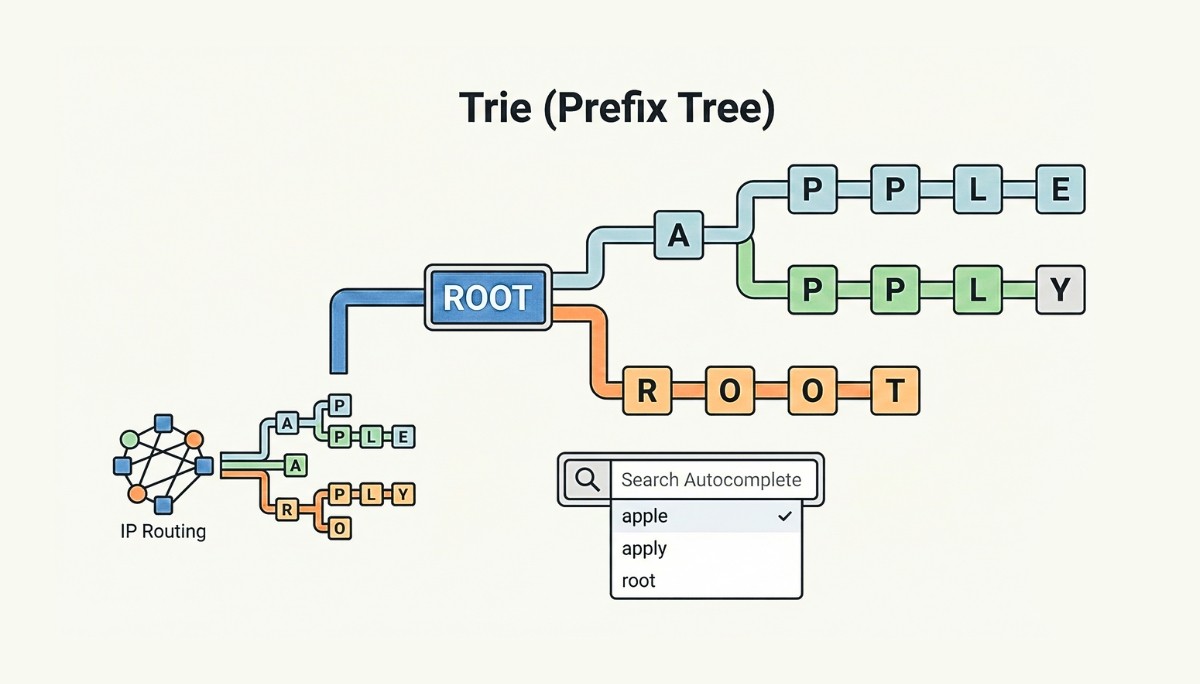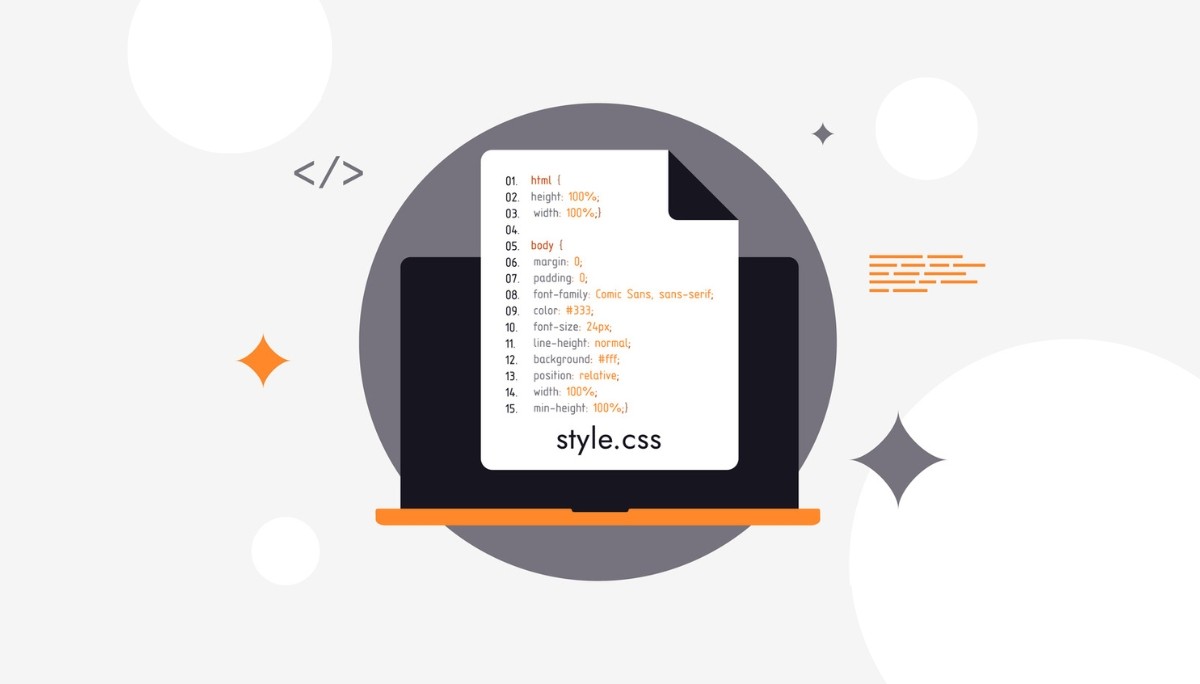UX Design Examples That Show How Great User Experience Works
By
Ethan Fahey
•
Sep 19, 2025
Looking for inspiring UX examples to spark ideas or guide your next project? You’re in the right place. This article highlights standout designs from leading companies like Airbnb and Spotify, showing how they’ve mastered creating intuitive and engaging user experiences. And if you’re in the business of hiring UX talent, Fonzi AI can help you connect with top professionals who bring these kinds of impactful designs to life.
Key Takeaways
Great UX design hinges on user-centric principles like accessibility and usability, making experiences engaging and intuitive.
Innovative examples from companies like Airbnb, Spotify, and Duolingo show how effective UX can simplify processes and enhance satisfaction.
Avoid common pitfalls in UX design, such as overwhelming users with information or neglecting user testing, to maintain a positive user experience.
Innovative UX Design Examples to Inspire You

Standout UX design examples demonstrate the transformative power of a great example of an excellent example of a great user experience in their own words. From simplifying travel bookings to enhancing music discovery, these companies have mastered creating digital products that are both functional and delightful.
Here are some innovative UX design examples that incorporate design thinking to inspire you to rethink your own design solutions.
Airbnb: Seamless Booking Experience
Airbnb’s interface simplifies travel planning with its intuitive and flexible search options, allowing users to quickly find accommodations across various locations in the search results. High-quality, large photos in listings provide a clear understanding of properties, enhancing the overall customer experience.
The straightforward booking process addresses traveler pain points, showcasing popular destinations and ensuring efficiency.
Spotify: Personalized Music Discovery
Spotify’s personalized music recommendations revolutionize new music discovery by tailoring suggestions based on user listening habits, keeping users engaged and satisfied. The clean, modern design with bright album covers and smooth transitions further enhances the user experience.
The end-of-year “wrapped” feature, shared by millions, underscores Spotify’s high engagement levels.
Duolingo: Gamified Learning
Duolingo gamifies language learning by breaking complicated topics into smaller pieces and using levels to track progress, motivating users to continue learning. The app’s design simplifies the learning experience by asking one question at a time, enhancing clarity and focus.
Gamification elements like rewards engage users and make learning a new language fun, incorporating positive reinforcement and game-like elements that enhance the experience.
Calm: Relaxing User Interface
The Calm app fosters a serene user experience with its minimalist design and focus on emotional empathy. Soothing colors and sounds create a tranquil atmosphere, reducing cognitive load and aiding relaxation. A clear design hierarchy ensures users are not overwhelmed, making the interface user-friendly and stress-free.
Calm’s immersive and streamlined UI enables effortless navigation.
Nike: E-commerce Excellence
Nike’s online platform exemplifies e-commerce excellence with high-quality visuals and a user-friendly checkout process. Users can view all purchase details on one screen, ensuring efficiency and seamlessness. Visually appealing product pages capture user attention, boosting engagement and satisfaction.
This blend of attractive visuals and a streamlined checkout process results in a superior customer experience and increased sales.
Google Maps: Efficient Navigation
Google Maps revolutionizes navigation with features like visual hierarchy and multi-modal route planning. Clear visual hierarchy presents route options effectively, making navigation intuitive. Multi-modal route planning offers various transportation options, enhancing usability and convenience.
These features make Google Maps a reliable tool for mobile users' navigation.
Trello: Customizable Task Management
Trello empowers users to manage with customizable task management boards, allowing complete control over permissions and workflows. The platform adapts smoothly to different workflows, integrating seamlessly into existing processes.
This flexibility and customization make Trello an efficient project management tool.
Netflix: Smooth Streaming Experience
Netflix’s interface prioritizes personalization, keeping users engaged with high-quality thumbnails and trailers. The autoplay feature enhances user satisfaction and retention by maintaining engagement for longer periods.
These design choices exemplify Netflix’s seamless user experience.
Mailchimp: Friendly Onboarding
Mailchimp’s simple and effective onboarding process enhances user retention for new users. The friendly welcome form and intuitive password creation guide ensure a secure and engaging experience.
This approach significantly boosts user retention and satisfaction.
Headspace: Engaging Retention Strategies
Headspace encourages users to maintain meditation habits through goal-setting features, making the app experience engaging and retention-focused. Visually engaging design and goal-oriented features exemplify innovative UX design that motivates continued engagement.
Key Principles of Good UX Design

Great UX design is built on universal principles that improve user interaction and satisfaction. These principles include:
User-centricity
Consistency
Hierarchy
Context
User control
Accessibility
Usability
Effective UX design not only meets user needs but also provides a unique and memorable experience.
Here’s how these key principles shape great UX design examples.
User-Centered Design
Understanding the user’s needs is fundamental to UX design. Focusing on user preferences allows designers to create solutions that enhance engagement and satisfaction. Examples like N26 and Duolingo show how user-centered design can streamline experiences and motivate users through gamification and customization.
Progressive disclosure and intuitive guidance simplify user interaction, enhancing user-friendliness.
Consistency and Standards
Consistency in design elements helps users navigate products with minimal confusion. Consistent visual elements and standards ensure a seamless experience, aligning with business goals and enhancing usability.
Feedback and Responsiveness
Timely feedback during interactions promotes user trust and enhances satisfaction. Regular updates and iterations based on feedback keep the product relevant and aligned with user expectations.
This fosters a culture of continuous improvement, making the design pattern more responsive to user needs.
Common Pitfalls in UX Design

Despite best intentions, common UX design mistakes can negatively impact user experience. Prioritizing visual appeal over functionality, overwhelming users with information, and ignoring accessibility are pitfalls that users struggle to avoid, leading to bad ux design.
These issues can lead to frustration and abandonment, underscoring the importance of a well-thought-out, long process design.
Overloading Users with Information
Excessive information can overwhelm users, causing confusion and frustration. Progressive disclosure allows designers to present information in manageable chunks, improving the user experience.
This helps users navigate effectively, helping them without feeling overwhelmed.
Ignoring Accessibility
Accessible UX design ensures wider engagement and compliance with standards. Simplified navigation, varied media formats, and interactive content cater to a diverse audience, enhancing usability.
Features like adjustable settings and other features significantly enhance the experience for individuals with disabilities.
Neglecting User Testing
User testing is crucial for uncovering issues early and ensuring the product aligns with user expectations. User research provides valuable insights into behaviors and preferences, which users find informative for the design process.
An iterative approach, driven by feedback, allows for continuous improvement and refinement.
Creating a Customer-Centric UX Design Culture

A customer-centric UX design culture prioritizes understanding user needs and implementing feedback. This approach involves cross-functional collaboration, leveraging user research, and prioritizing continuous improvement.
Fostering such a culture enables companies to create powerful UX that meets and exceeds user expectations.
Encouraging Cross-Functional Collaboration
Involving diverse teams in the design process leads to innovative solutions and better outcomes for the product designer. Cross-department collaboration ensures the product aligns with user expectations and enhances the overall experience.
Bringing together designers, developers, and stakeholders fosters a holistic approach.
Leveraging User Research
Understanding user needs through research is essential for effective UX design. User experiences, surveys, session replays, and direct customer conversations provide valuable insights.
Combining quantitative data with qualitative insights helps designers create user-friendly and engaging solutions.
Prioritizing Continuous Improvement
Continuous improvement is key to maintaining user-centered design. Effective feedback mechanisms allow designers to gather insights and iterate on the design. Fostering a culture of continuous improvement enables designs to evolve with changing user needs and preferences.
Summary
In short, great UX design comes down to putting the user first, keeping things consistent, and building in feedback loops. By studying innovative examples and steering clear of common mistakes, you can deliver experiences that feel both seamless and enjoyable. The key is to keep refining your approach and maintaining a customer-first mindset to stay competitive in today’s digital world. For businesses hiring in this space, Fonzi AI helps connect you with top UX talent and AI engineers who know how to bring these principles to life in real-world products.




